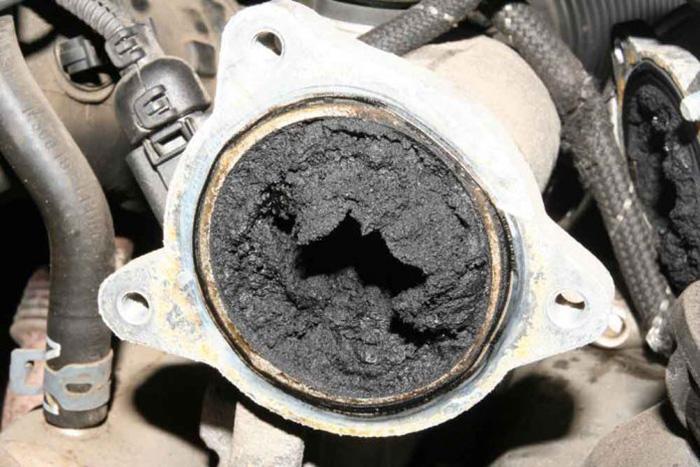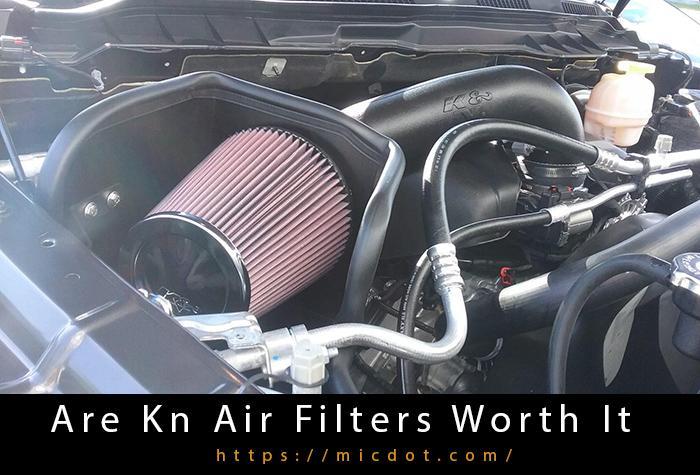Affiliate links can be found throughout this piece. Using any of the links on this page will allow me to earn a small commission at no additional cost to you.
The cleanliness of a car’s engine is essential for it to run smoothly. Carbon buildup in an engine can create a variety of issues, therefore it should be removed as soon as possible to prevent further damage.
You Are Watching: How To Fix Carbon Build Up In Engine Updated 04/2024
Carbon particles build up on moving parts such bearings and gears on the piston head or oil ring, resulting in wear. It also clogs up the engine’s oil supply, resulting in a slow performance.
You’re going to discover how to remove carbon deposits from an engine in today’s post. In addition, you’ll learn how to tell if your engine has carbon buildup and how much it costs to remove it.
Let’s get this party going!

What Is Carbon Build Up?
Incomplete combustion results in carbon deposits accumulating in an engine’s cylinder walls, causing carbon buildup.
Due to the gasoline-powered engine’s piston rings not properly closing off the combustion chamber, carbon buildup is the inevitable result.
What Causes Carbon Build Up In Engine?
Although carbon buildup is more prevalent in older automobiles, contemporary cars are not immune to the problem.
When an engine operates on poor grade fuel or without lubrication, carbon buildup is more likely to occur. Additionally, driving at high speeds for a long period of time might cause the engine to overheat, resulting in this condition.
Intermittent misfiring is another factor that contributes to carbon buildup in engines. Mechanical issues, such as worn piston rings, can cause an occasional miss when the engine’s timing is incorrect.
What Can Carbon Build Up Do To A Car?
Reducing fuel economy and increasing pollution levels from exhaust gasses that aren’t burning correctly can be caused by the buildup of carbon in a vehicle engine.
This can cause black sludge to build up on the spark plugs, which needs to be cleaned off.
Carbon buildup can also produce in misfires, which reduce power and acceleration because they don’t ignite properly when the accelerator pedal is pressed.
As a result of carbon accumulation, piston failure, loss of power, and decreased fuel efficiency can all result in the breakdown of your vehicle since it is unable to provide enough force for acceleration or deceleration.
How Will You Know If You Have Carbon Build Up In Your Engine?
There are a few telltale symptoms of carbon buildup on your engine that you may look out for.
Here are a few of the telltale signs:
a lack of speed
Read More : Recharging Car Battery After Jump Start Updated 04/2024
When driving at a high rate of speed, the vehicle loses power.
Misfires occur in the engine.
Stopping cold
Idle juddering noises from the engine
Reduced economization due to lower efficiencies
Running in the mud
When the check engine light came on, I realized something was wrong.
Etc.
How To Fix Carbon Build Up In Engine
Using high-quality fuel with the correct octane rating is the greatest strategy to reduce carbon buildup in automobile engines. The buildup of carbon deposits on valves and pistons, for example, might cause problems with your engine.
Additives designed for this purpose can also be used, but they are less effective.
When it comes to removing carbon deposits from an engine, many people think of using fuel injector cleaning. However, this only removes deposits from the combustion chamber of your car. This problem can only be solved with better fuel and regular maintenance.
However, the following are the simplest ways to prevent the buildup of hazardous carbon deposits in an automobile engine:
On time or every 5000 miles, you should change your engine oil.
In order to maintain a clean air intake and prevent clogged injectors, it is necessary to feed fuel additives into the tank.
For optimal performance, get your spark plugs replaced every 60,000 miles.
In case the carburetor jets get blocked up while operating, remove the debris and clean them.
Maintaining a clean air supply requires regular air filter cleaning and replacement.
Check the spark plugs for corrosion to see if there is a problem with the engine’s compression.
As soon as you see corrosion or carbon in the cylinders, you should get your car’s engine serviced immediately.
Read More : Does Straight Pipe Hurt Your Engine And Straight Pipe Exhaust Benefits Updated 04/2024
It’s easy to let hazardous carbon build up in your car’s engine, even if it seems impossible at first. If you follow the instructions to the letter, you’ll have a long-lasting engine that delivers top performance.
How Do I Get Rid Of Carbon Build Up In My Engine?
Carbon buildup can be removed in many ways. For eliminating carbon accumulation, there are chemical, mechanical and physical approaches.
Choosing the ideal alternative depends on the situation, but it’s crucial to keep in mind that each of these has its own advantages and downsides.
Using a solvent to dissolve the carbon buildup is the first form of chemical solution. The engine is then flushed with gasoline or diesel fuel to remove the liquid.
Heavy deposits may be removed quickly and easily with this solution, but if it is spilled, it may damage painted surfaces.
Brushes are used to remove soot and other deposits from mechanical cleaners. Heavy deposits can be removed with this solution, although paintwork may be damaged if it is used incorrectly.
To remove carbon buildup manually without damaging metal surfaces, the physical cleaning option employs a fluid that contains solids.
Using an aerosol to spray on the engine and removing light deposits is possible, but it is not as successful as chemical cleaners in removing tough buildup.
Gasoline or diesel fuel is used to remove the solvent from the engine. To remove heavy deposits, this solution works well and doesn’t require much time, although it might damage paintwork if spilt on surfaces.
A scouring powder-like substance is found in mechanical cleaners. Light deposits may be removed with this type of cleaner, which won’t harm the paint of your vehicle.
The solids in mechanical cleaners are used to mechanically brush away carbon buildup without damaging metal surfaces. Mechanical cleansers.
How Much Does It Cost To Remove Carbon Build Up?
As a first step, you must realize that the fundamental carbon removal is a time-consuming task that will contribute to the overall expense of the operation.
Carbon buildups in your engine can cost anywhere from $1000 to $1500 to get rid of.
Conclusion
However, not all of the DIY solutions for repairing carbon buildup in your engine are perfect for every case.
If you don’t take your time and utilize caution, you could end up injuring yourself by handling hot metal.
As long as it is done correctly, removing dirt and debris from the engine’s valves should take no more than an hour or two.
If there is any additional carbon buildup around valves, use a wire brush to remove it.
Scrub the area with a toothbrush after applying liquid detergent to it.
Wash the surface well to remove any debris.
Sources: https://micdot.com
Category: Car










